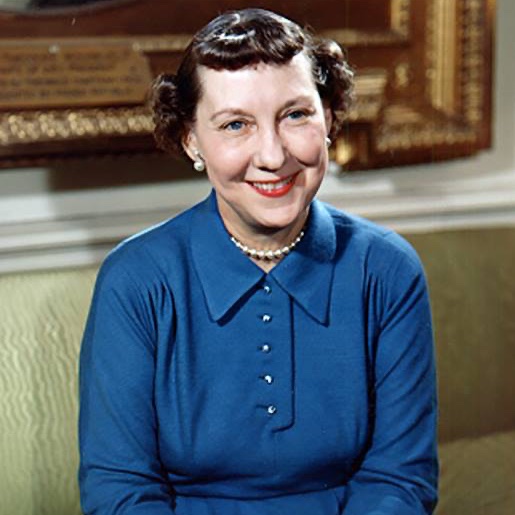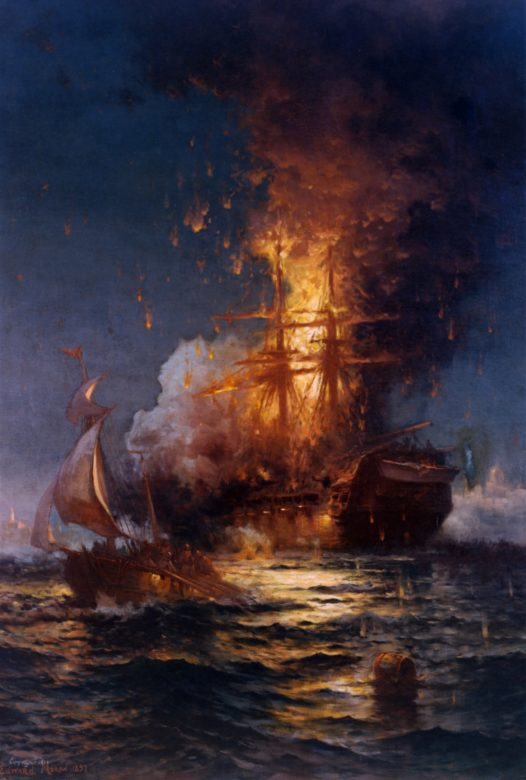#OTD 172 years ago, seventy-seven men, women, and children attempted to make the largest recorded escape of enslaved individuals in American history. 1/11
One conspirator was a former White House worker—Paul Jennings, the enslaved valet of President Madison. In 1847, Jennings became a free man and worked as a wage laborer for Secretary of State Daniel Webster while becoming a part of Washington’s abolitionist community. 2/11
Jennings worked alongside both white and black citizens in Washington, D.C. to devise an escape plan. Daniel Drayton chartered The Pearl, from its owner, Edmund Sayers, and sailed the seventy-seven hopefuls onboard down the Potomac River—toward freedom in New Jersey. 3/11
Strong winds forced The Pearl to anchor at Point Lookout in Maryland. It was already too late. Washington, D.C. slave owners were alerted of the escape attempt by an enslaved man named Judson Diggs. A search party set out on the Potomac to retrieve their stolen “property.” 4/11
The ship was captured, the enslaved individuals were returned to D.C., and the white conspirators were arrested on counts of theft and illegal slave transport. 5/11
The capture of The Pearl was not a happy ending for many involved with the escape. Drayton and his white co-conspirators were imprisoned for four years until President Millard Fillmore pardoned them. 6/11
Meanwhile, most of the enslaved people who tried to escape via The Pearl were separated from their families and sold south as punishment. 7/11
Mobs subsequently started pro-slavery riots in the streets of Washington, D.C., and targeted the office of a local anti-slavery newspaper, The National Era. This handbill refers to the violence following the capture of The Pearl. 8/11
Image Credit: Library of Congress
Image Credit: Library of Congress

Though the escape failed, it also brought the injustice of slavery before the eyes of Washingtonians. 9/11
The Pearl incident of April 15, 1848, increased abolitionist sentiment in the capital, and many individuals who sought freedom aboard The Pearl eventually returned to D.C. and settled in free black communities following emancipation in the District in 1862. 10/11
Learn about the complicated past and the paradoxical relationship between slavery and freedom in the nation's capital with our research initiative, Slavery in the President's Neighborhood #SPNInitiative 11/11: whitehousehistory.org/spn/introducti…
• • •
Missing some Tweet in this thread? You can try to
force a refresh





















